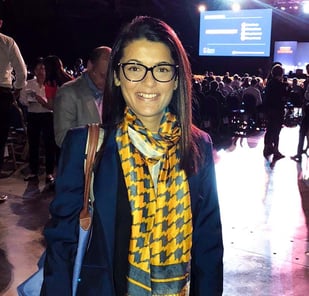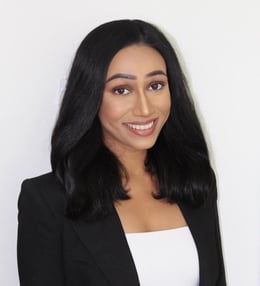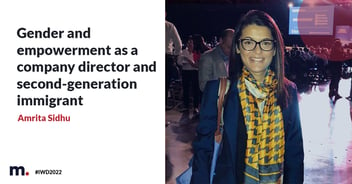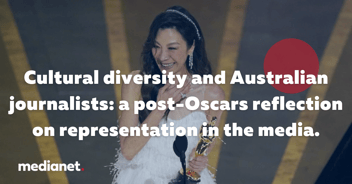Beyond cupcakes and luncheons: media conversations from International Women's Day 2022
As a much anticipated day on the corporate calendar, International Women’s Day (IWD) passed by quickly this year in a flurry of social media posts, cupcakes and luncheons. As with any public awareness campaign, there were many challenging but productive conversations to come out of it.
For example, the day left some organisations in the UK red-faced, after a ‘Gender Pay Gap Bot’ exposed companies who had made celebratory IWD posts on Twitter, by sharing the company’s own internal gender wage gaps.
One PR lesson here that can be applied beyond the context of IWD is that you “can’t talk the talk without walking the walk” (for want of a less clichéd term). People are quick to see through hypocritical corporate behaviour, and before performative expressions of support are offered for a cause, genuine action has to be taken.
One theme of the day that emerged is the need for greater support for and recognition of the extra struggles faced by First Nations women and women of diverse cultural backgrounds.

Medianet and Mediaverse’s Director of Media Intelligence Amrita Sidhu candidly shared some of her own experiences as a second-generation immigrant who “came from a culture where I was expected to enter an arranged marriage and have my career take a back-seat to my husband”. While also acknowledging the value of male supporters throughout her career, Amrita said her personal experiences inspired her to become a mentor and guide for other women so they could also “see a pathway for their personal success”.
Similarly, ABC News Digital Journalist Angelica Silva recently discussed with Medianet the value of representation and diversity in the media.
“Australia prides itself on being a multicultural society. Yet when I was growing up here, television did not reflect the make-up of the wider community. This meant that the stories of multicultural Australians were rarely being told and when they were, it was often in a negative or insensitive light that didn't accurately reflect the community,” Angelica said.
“Why does representation matter? Because without it, the culture of Australian newsrooms is unlikely to change. How is the news meant to look and sound like modern Australia when you don't have journalists who come from different ethnicities, backgrounds, sexualities, and disabilities?”
Women, particularly those of Indigenous and diverse cultural backgrounds, are frequently underrepresented in leadership and management positions, even in industries where women make up a large percentage of the workforce.
This was reflected in our 2022 Australian Media Landscape report, which found a significant gender pay gap with 30 per cent of male journalists earning over $100,000 compared to just 16 per cent of females and 12 per cent of non-binary journalists.
To encourage dialogue around issues relating to women, the gender pay gap and gender equality, Medianet is donating $50 to UN Women Australia for every related press release distributed on our platforms in the week of IWD. More importantly however, as a company in which 67 per cent of our leadership roles are held by women, Medianet is committed to supporting diversity in representation, equality in the workplace and beyond, and the end of gender based discrimination 365 days of the year.




